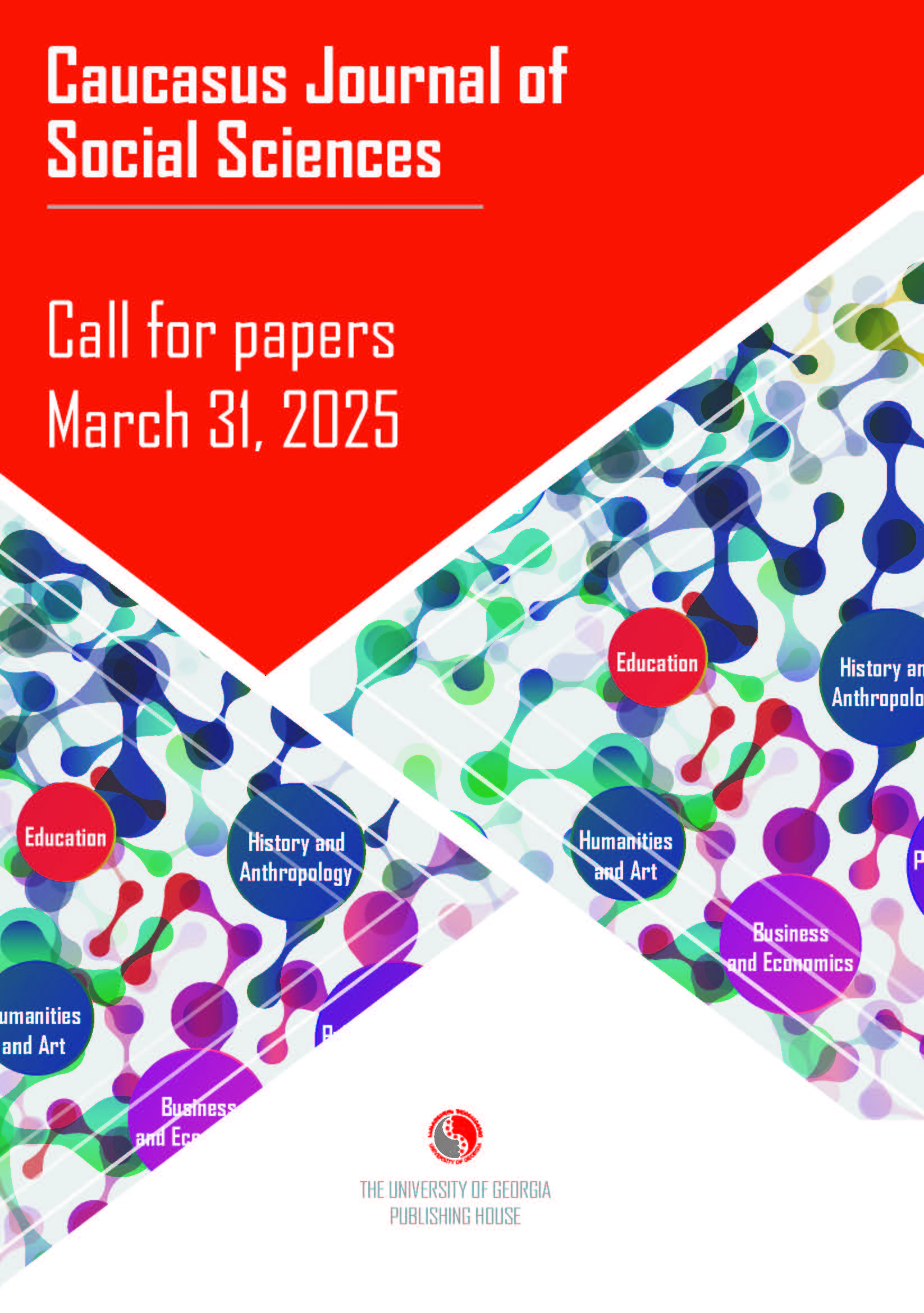Determining Oral Health Status and Lifestyle related Behaviors on the Example of 149 Children Aged 7 to 12 Years Old Living in Tbilisi
DOI:
https://doi.org/10.62343/cjss.2023.235Keywords:
oral hygiene, school-aged children, behavioral factors, - populationAbstract
The level of oral hygiene in school-aged children in different countries is primarily low. Behavioral factors are the most important contributors to this low level of hygiene. It is also important to note that identifying the specific behaviors that significantly reduce disease burden is critical. The research was provided in Tbilisi, in public schools, to evaluate Oral health indicators (OHI, DMF, def), mean value of intensity of caries in school-aged children (7 to 12 years old), the role of behavioral factors in relation to oral hygiene and carbohydrate nutrition, and the popularity and relevance of preventive measures were determined. A cross-sectional study was conducted, where 149 children aged 7 to 12 were selected by simple random sampling from Tbilisi public schools. Evaluation of DEF, def, and S-OHI indices was carried out. Based on the oral health questionnaire, children’s oral care and carbohydrate nutrition behaviors were assessed, as well as attitudes toward preventive interventions. SPSS version 23 software for statistical data processing was used for statistical analysis. On the example of 149 children in the 7-12-year-old population of Tbilisi, the simplified hygiene index is evaluated by the criterion average (1.56). Urban distribution affects the hygiene index, which is statistically significant (P=0.009). Caries intensity and hygiene index in primary and permanent dentition do not depend on gender - statistical certainty is not fixed. Caries intensity is “medium” for both permanent (3.2) and primary dentition (3.9), and the mean value of caries intensity for the whole population is 6.31, which is rated as “high.” The popularity and relevance of preventive measures are low. Lifestyle behaviors related to both oral hygiene and carbohydrate-rich diets are not consistent with the recommendations provided by the FDI to reduce caries burden.
Downloads
Published
How to Cite
Issue
Section
License
Copyright (c) 2024 Lia Mania, Ketevan Nanobashvili, Ilona Sakvarelidze

This work is licensed under a Creative Commons Attribution 4.0 International License.
In case an article is accepted for publication it is allowed to combine the article with other research, to conduct new research on the article, or to make different arrangements on condition that the same license is used including commercial purposes.
As an author of an article published in the Caucasus Journal of Social Sciences, you retain the copyright of your article and you are free to reproduce and disseminate your work.











